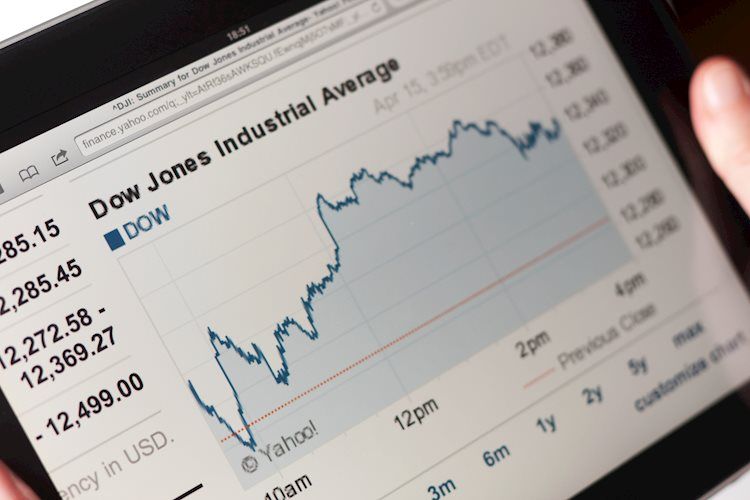The Dow Jones Industrial Average (DJIA) is on track to close above 44,000 for the first time in history as bullish momentum continues to drive equity markets higher. This surge in the market comes after Donald Trump’s surprising victory in the recent US presidential election, which has boosted investor confidence. Last week, the Federal Reserve (Fed) also announced another rate cut, further supporting market sentiment.
In the upcoming week, investors are closely watching for the US Consumer Price Index (CPI) inflation figures, with expectations that October’s headline CPI will increase to 2.6% year-over-year (YoY). Additionally, the core CPI is forecasted to remain at 3.3% YoY. On Thursday, the US Producer Price Index (PPI) will be released, with expectations of a rise to 2.9% YoY in October from 2.8%.
Federal Reserve Chair Jerome Powell is scheduled to participate in a panel discussion on Thursday, where questions regarding the Fed’s plans for a potential rate cut in December are expected. Investors are also likely to inquire about Powell’s intentions regarding his position as head of the Fed if President-elect Donald Trump requests his resignation, despite the President lacking the authority to do so.
In terms of Dow Jones news, the market remains active despite it being a holiday, with two-thirds of the index’s listed securities showing gains. Companies like Salesforce and Honeywell International have experienced notable price increases, with Salesforce surging over 5.5% and Honeywell rising by 2%. The Dow Jones is currently up nearly 20% in 2024 and has seen a significant increase of 47% since October 2022.
Traders looking to take a short position in the market may find it challenging due to the Dow Jones’ continuous rise in record territories. However, those with long positions should consider scaling back their investments as the index approaches the 45,000 mark, which typically results in market congestion. Overall, the Dow Jones continues to exhibit strong bullish momentum, with little sign of a slowdown in sight.
In addition to market factors driving the Dow Jones, the Canadian Dollar (CAD) is influenced by various key elements, including interest rates set by the Bank of Canada, the price of oil, the country’s economic health, inflation, and the Trade Balance. Market sentiment, particularly risk-on or risk-off behavior, also plays a role in influencing the value of the CAD. The health of the US economy, as Canada’s largest trading partner, is another significant factor impacting the Canadian Dollar.
The Bank of Canada’s decisions on interest rates have a direct impact on the Canadian Dollar, with higher interest rates typically being positive for the currency. Additionally, the price of oil, as Canada’s primary export, has an immediate effect on the CAD value, with an increase in oil prices usually leading to a stronger CAD. Other factors such as inflation, macroeconomic data releases, and the overall economic health of Canada also contribute to the fluctuations in the value of the Canadian Dollar.
Overall, both the Dow Jones and the Canadian Dollar are subject to various influences that drive their value and performance in the markets. Investors and traders are advised to stay informed on key economic indicators and market developments to make well-informed decisions in their trading activities.











